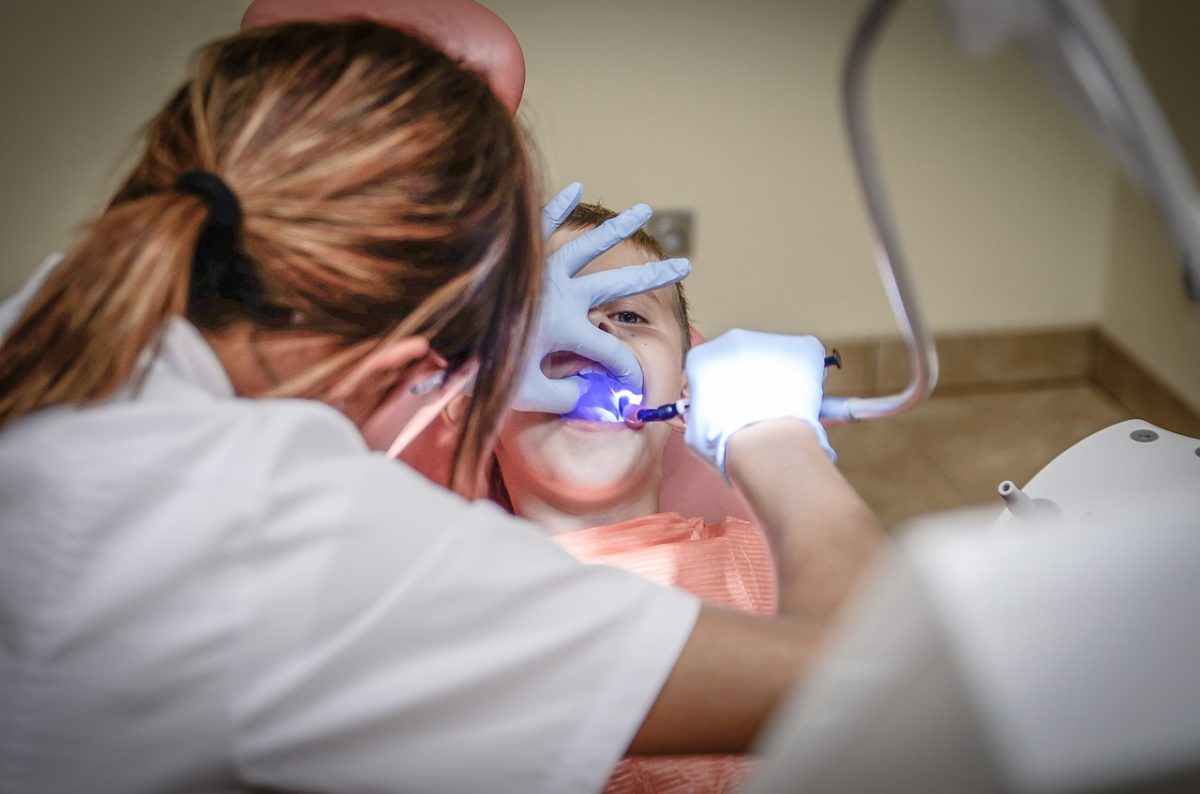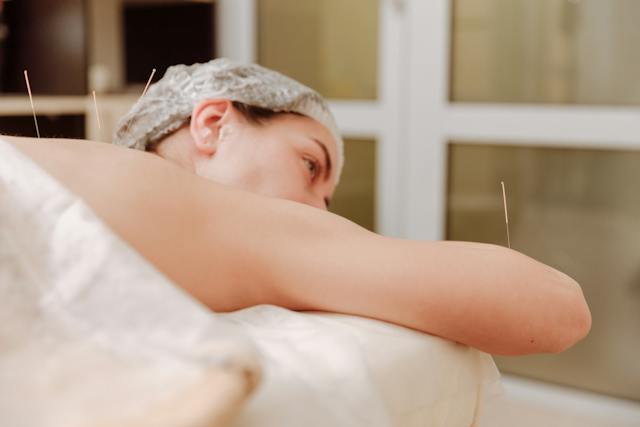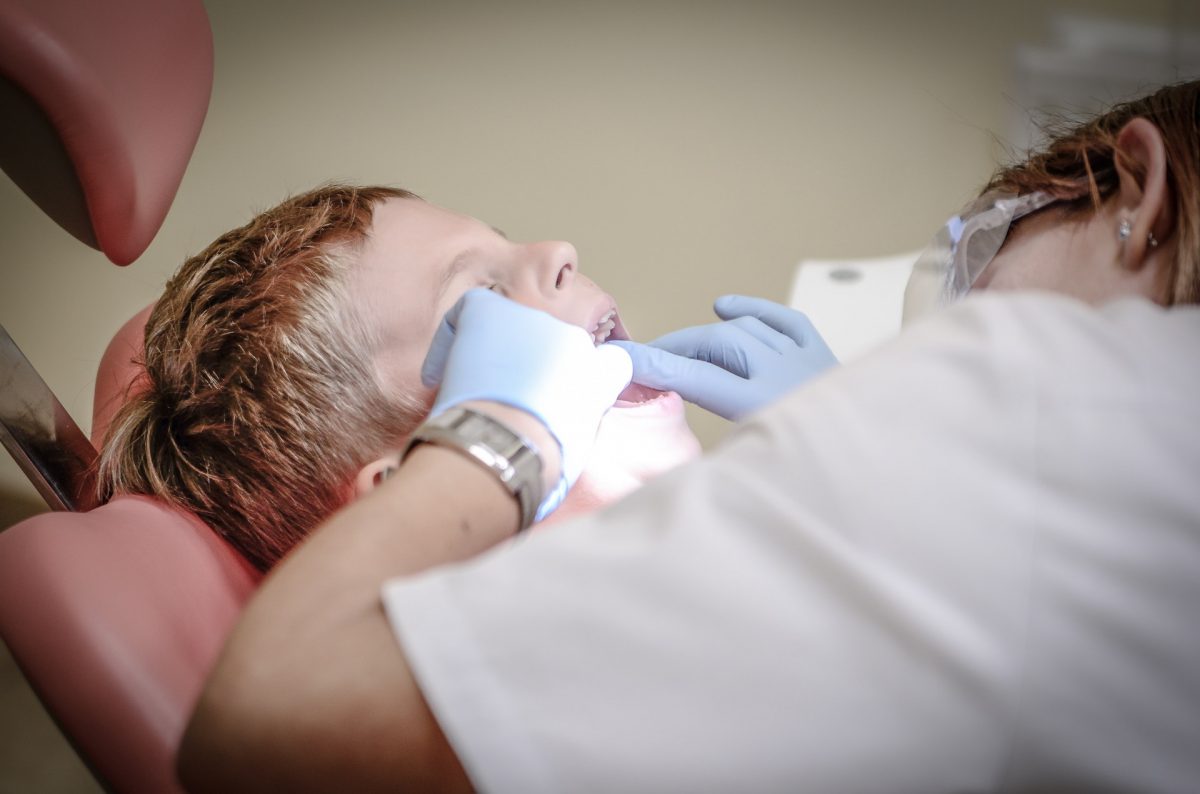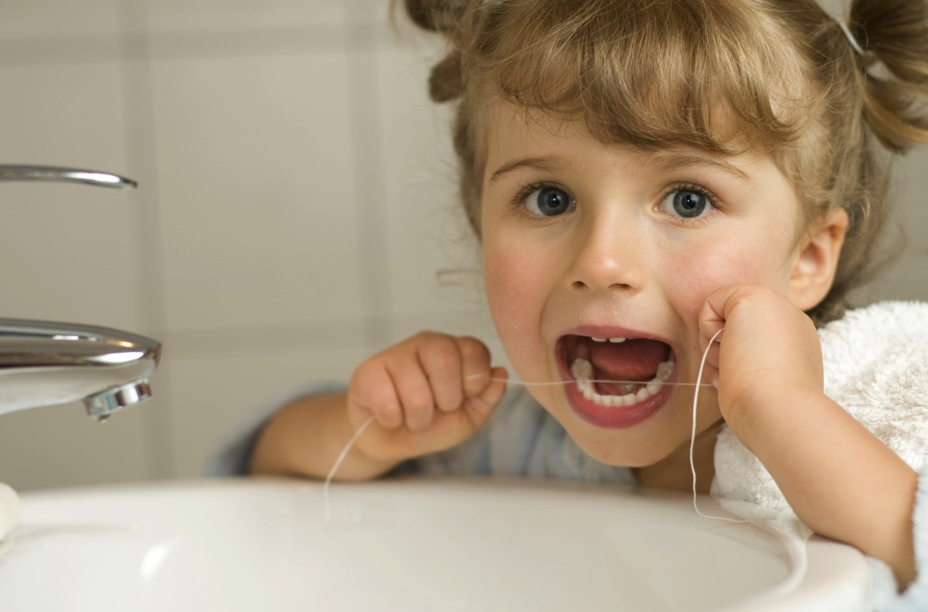Are you grappling with the decision of caring for a family member with a disability at home? Feeling unsure about what it practically entails, or the ways it might impact your household dynamics? Navigating the journey of disability home care might seem daunting, but with the right insights and tools at hand, you can successfully transform your home and attitude to provide the best care for your loved ones. This comprehensive guide explores the challenges linked to disability home care and provides the most efficient solutions to overcome each of them.
Delving into the world of disability care often poses many confronting and profound questions about equality, accessibility, and quality of life. The crux however, is how we sieve through the complexity of these questions and arrive at practical solutions that lead us down the path of inclusivity and support. We’ll examine the tangible issues that arise when caring for a disabled individual at home, look deeply at the changes that should happen, and talk about incorporating these holistic solutions effectively.
With this insightful plunge into disability home care, our aim is not just to enumerate problems and solutions. It is about going those extra miles towards understanding, compassion, and serious commitment, towards realizing that the challenges are actually opportunities for innovation – in our homes and our lives.
Why Disability Home Care?
Providing care within the comfort of a familiar and loving environment does wonders for the emotional wellbeing and recovery timelines of disabled individuals. However, even the most comfortable homes can host numerous physical barriers and demands that require significant adaptation. From handling daily tasks to arranging for specialty care, being a home caregiver demands robust patience and meticulousness.
The concept of disability home care advances the notions of independence, dignity, and bespoke care. Contrary to the ‘one size fits all’ mindset that often pervades institutional care, home care allows each person to receive treatment and support tailored to their unique needs and preferences. Further, being at home fosters a sense of autonomy which is crucial for enhancing the psychological health of disabled individuals.
However, these benefits don’t erase the challenges faced by caregivers and the individuals being cared for. Home caregivers often report feelings of stress, burnout, and isolation. The physical environment of the home, while known and secure, may suddenly feel ill-equipped or insufficient. Therefore, it’s important to address these trials adequately, preserving the benefits of home care while mitigating its adversities.
Identifying and Understanding Key Challenges
When diving into disability home care, you’ll most likely encounter a myriad of challenges. Some of the most pervasive include lack of knowledge, financial strain, and building a conducive environment at home.
Understanding these difficulties isn’t straightforward. It’s hard to put into words how it feels when you first realize your home might not be entirely accessible to your loved one. Or to express the weight of the emotional, physical, and financial demands of being a caregiver. However, acknowledging these challenges is a first vital step towards resolving them.
Realizing that these hurdles aren’t insurmountable is another leap forward. You’ll need to don many hats as a caregiver, but remember, you don’t have to do it alone. Supportive networks and professional guidance are available and importantly, there’s an ongoing need for discussion and dialogue around these pressures, both individually and collectively.
Adapting Your Home for Access and Comfort
Modifying your home to accommodate the needs of your disabled loved ones is a fundamental step. This section explores the key alterations that may be necessary and taps into the spirit of ‘universal design’, aiming to make all spaces accessible and comfortable for everyone.
Consider installing ramps and elevators, widening doorways and hallways, or adding handrails and grab bars throughout your house. Therefore, it may be equally essential to incorporate comforts like noise control, color contrast for the visually impaired, and personalized spaces for people with autism.
While alterations of this nature might seem sizable and inconvenient, they’re integral to ensuring a safe environment. Consider engaging an architect or an interior designer to optimally modify your home without compromising on aesthetics. Remember, striving for accessibility and comfort should never mean sacrificing style.
Bolstering Emotional and Financial Resilience
Caregiving can be physically exhausting and emotionally draining. Regular breaks, emotional support, and stress management strategies are critical. Additionally, exploring financial avenues such as medical insurance, government grants, and disability aids can help manage the financial strain.
By creating an agile emotional and financial resilience plan, one can ensure a balanced approach to caregiving. This includes balancing your own wellbeing with the needs of your loved ones, and ensuring you are mentally, physically, and economically capable of providing the care they need.
Remember it’s important to ask for help when it’s needed. Reach out to fellow caregivers, social workers, and community groups who can offer empathetic advice, emotional support, and practical assistance.
Setting a New Disability Home Care Standard
Overcoming disability home care challenges can set a new standard in homes across the region. With awareness, long-term planning, and a willingness to renovate, homes can become havens of comfort and happiness for disabled individuals.
Familiarizing yourself with the laws and rights for disabled individuals in your country, learning about various types of disabilities, and understanding how design solutions can aid in easy mobility are crucial. With rigorous planning and zest for learning, caregivers can elevate disability care standards in their own homes and inspire others to do the same.
Conclusion
Embracing disability home care is indeed a transformative journey filled with obstacles and triumphs. The challenges are considerable, but with the right solutions, they can be mitigated effectively.
Adapting your home and lifestyle for a disabled loved one isn’t merely about solving immediate problems. It’s a heartfelt commitment to inclusivity and equality; it’s about supporting the dignity and independence of the people we cherish. Above all, it’s important to understand that with every challenge faced, we better our skills as caregivers and individuals, moving away from a space of fear and uncertainty to a realm of love and strength.
Going forward, let’s strive to transform these challenges into creative opportunities that amplify the joy, safety, and comfort of every family, every home. Let’s focus on building a more aware, compassionate, and supportive society – one home at a time.













